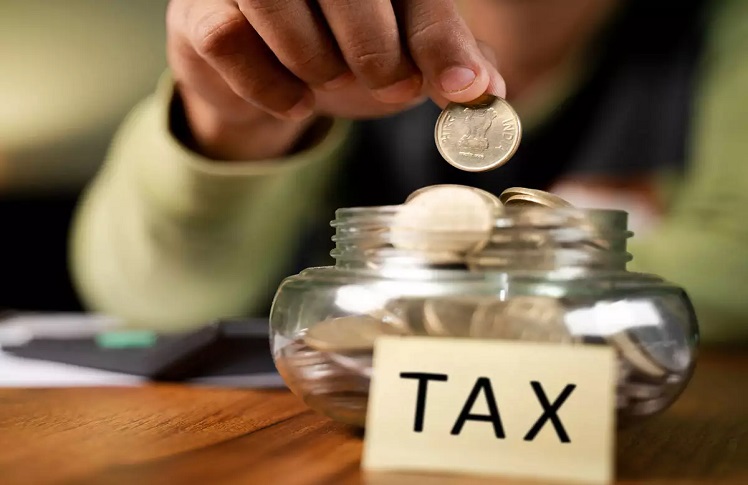
Five common mistakes taxpayers should avoid, while making tax-saving investment
29-03-2021
The last date to make tax-saving investments for the assessment year 2021-22 (financial year 2020-21) is March 31, 2021. With few days left for the financial year 2020-21 to close, there could be some taxpayers looking to save tax at the last minute. But it should be noted that keeping tax planning exercise to the fag end of the financial year has its own risks. The chances of making wrong investment decision is high if you invest in a hurry to save tax. One should not invest only for the purpose of tax saving but also for maximizing returns. Here are some common tax-saving mistakes that one is likely to commit while doing last-minute tax-saving decision.
1. Not considering new tax regime
Starting from the assessment year 2021-22, taxpayers will have an alternate option while filing income tax return. In addition to the old tax regime, one may file ITR under new tax regime, at concessional rates if they do not want to make investments under the popular Section 80C of the Income Tax Act. The new regime allows taxpayers to reduce their tax liability without availing benefits under Section 24B and Section 80C by paying tax at lower slab rates. Therefore, as a taxpayer one needs to calculate tax liability under both tax regimes before proceedings with tax planning.
2. Making a wrong move
Choosing the wrong investment in a hurry may end up generating lower return for you and lock your money for a longer term. For example, if you want to create a big corpus for your retirement then investing in 5-year tax-saving bank FD or NSC will not solve your purpose. Similarly investing in Ulip for a goal which is around five years, may not give you the desired result.
3. Choosing ELSS funds based on recent performance
Many taxpayers select ELSS funds that come with Section 80C tax benefit, based on only 1-year and 2-year performance. One should note that one particular MF scheme can not remain the top performing scheme forever. Every year you will see that a different MF scheme topping the return chart based o its underlying funds and performance of different. So one should avoid the mistake of picking the top-performers of current year rather they should look at other factors like returns over a period of 10-years, risk-adjusted return, maximum portfolio drawdown etc.
4. Ignoring Section 80D and other benefits
In addition to Section 80C and Section 24B tax saving options, there are certain other ways to save tax. Your health insurance premium and interest payment on an education loan can also help you save tax. Second thing, principal repayment towards home loan also qualifies for tax deduction under Section 80C. You should make use of these tax provisions and take benefit while filing ITR.
5. Not linking investments to goals
If you are investing in tax-saving investments such as PPF, EPF, Ulips, life insurance, ELSS, which are long-term in nature, it is important to link these investments to a particular long-term future goal and do not exit the investment mid-way before reaching the desired goal. Even when you invest in ELSS, which has the shortest lock-in period, you need to link it with a particular goals and can extend it till you get the desired amount for your goal. You can also consider topping-up your ELSS investments with additional amount when markets see significant corrections.
Leave a comment: (Your email will not be published)